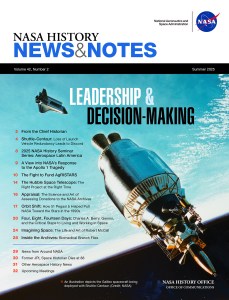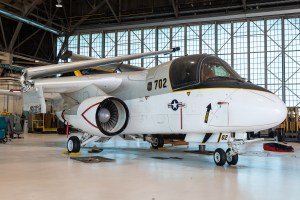On March 16, 1978, NASA formally announced the crews for the first four space shuttle missions. The four two-man crews consisted of John W. Young and Robert L. Crippen; Joe H. Engle and Richard H. Truly; Fred W. Haise and Jack R. Lousma; and Vance D. Brand and C. Gordon Fullerton. NASA designated Young and Crippen to fly the first Orbital Flight Test (OFT-1), then expected to launch in the spring of 1979, with Engle and Truly as their backups. Specific flight assignments for the others would occur at a later date. At the time, NASA envisioned six OFTs of increasing complexity to fully evaluate the reusable spacecraft, with the first four returning to landings at Edwards Air Force Base (AFB) in California and the final two OFTs landing at the newly constructed Shuttle Landing Facility at NASA’s Kennedy Space Center (KSC) in Florida. NASA considered one of the missions performing a rendezvous with the Skylab space station to reboost it to a higher orbit to prevent an uncontrolled reentry, possibly over populated areas.
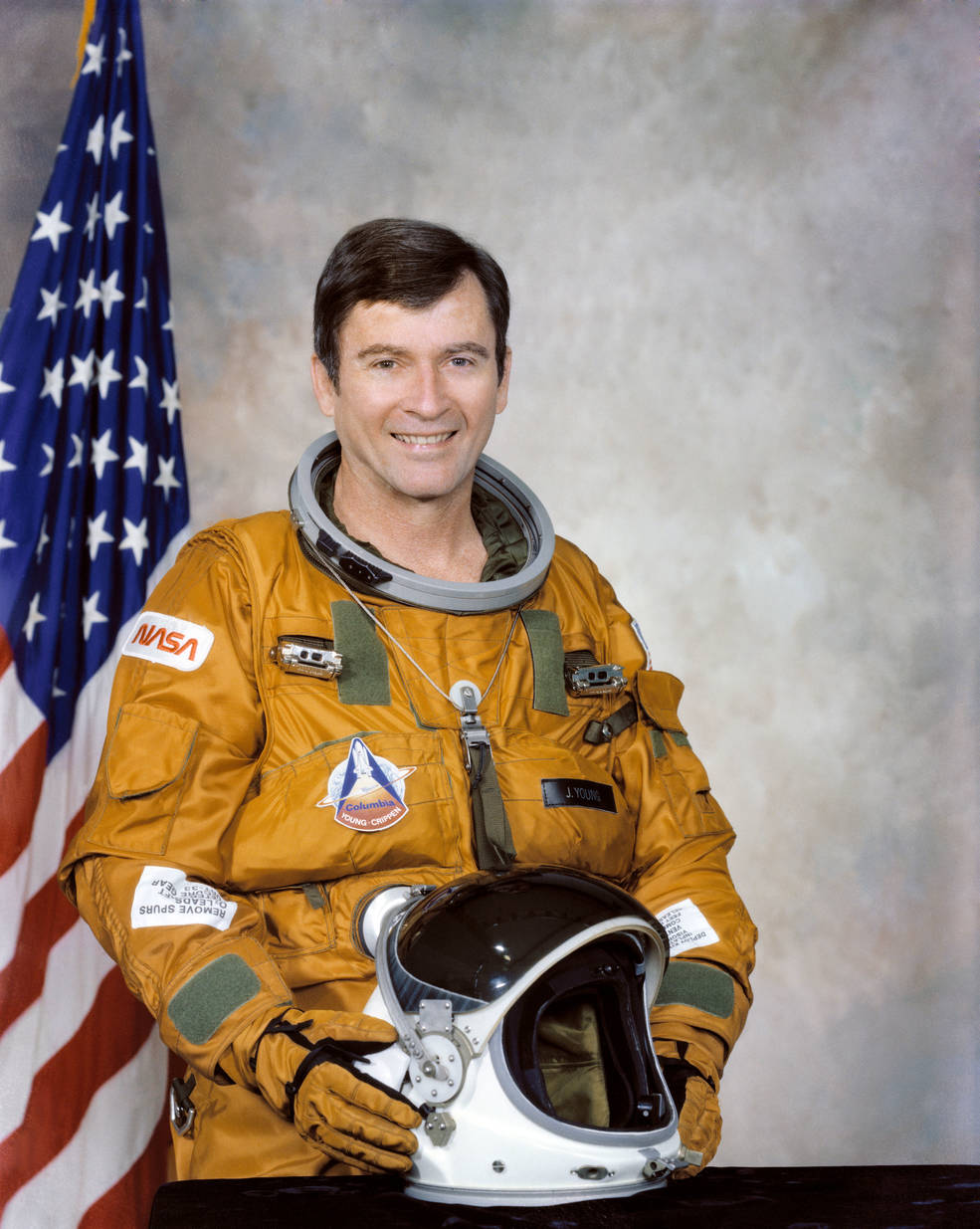
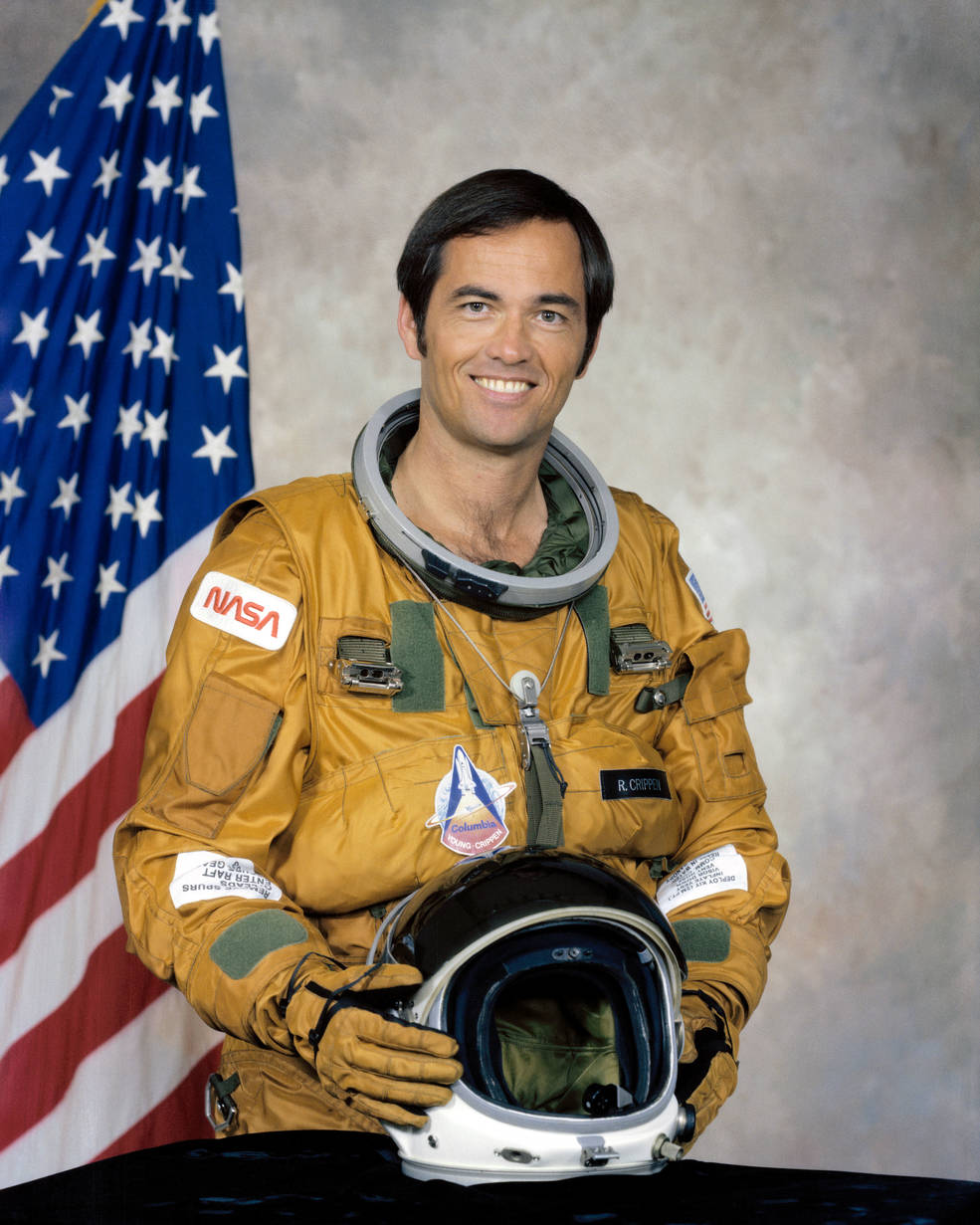
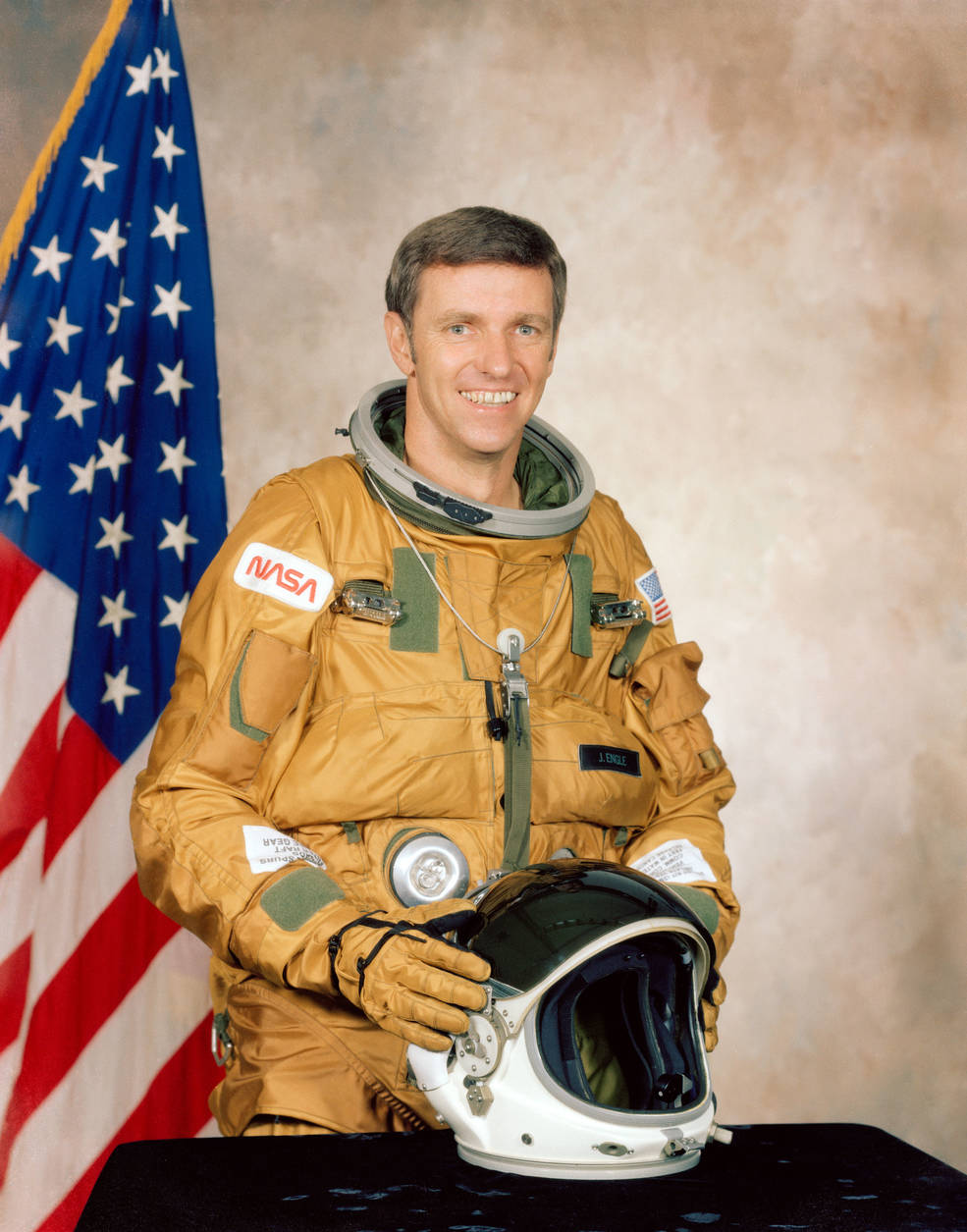
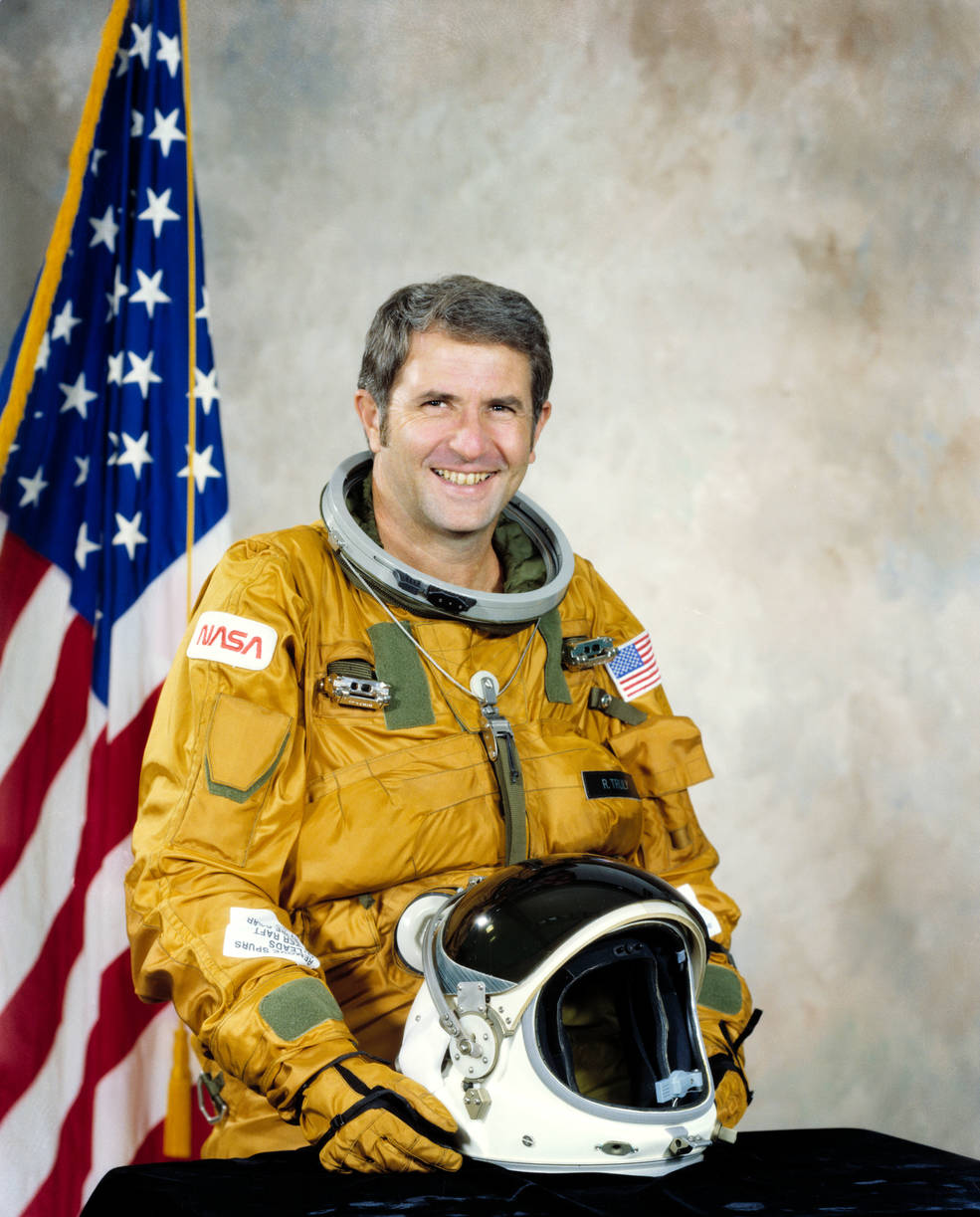
The prime crew assigned to the first orbital flight test of the space shuttle – John W. Young, left, and Robert L. Crippen, and their backups Joe H. Engle and Richard H. Truly.
At the time of the announcement, Young served as the Chief of the Astronaut Office at NASA’s Johnson Space Center (JSC) in Houston. Selected in the second group of astronauts in 1962, Young had already completed four spaceflights – Gemini 3 in 1965, Gemini X in 1966, Apollo 10 in 1969, and landed on the Moon during Apollo 16 in 1972. Young’s pilot on OFT-1, first time space flyer Crippen transferred to NASA in 1969 from the canceled U.S. Air Force Manned Orbiting Laboratory program, and served as a crewmember for the 56-day Skylab Medical Experiment Altitude Test in 1972. Before his selection as a NASA astronaut in 1966, Engle served as a test pilot in the X-15 rocket plane research program, earning astronaut wings for his three flights above 50 miles in altitude. He served as backup Lunar Module Pilot (LMP) for Apollo 14. Truly, like Crippen, transferred to NASA from the MOL program in 1969. Engle and Truly flew several Approach and Landing Test (ALT) flights at Edwards AFB with space shuttle Enterprise in 1977.
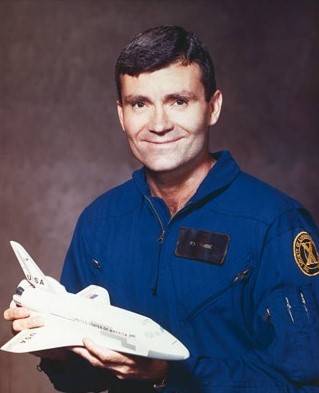
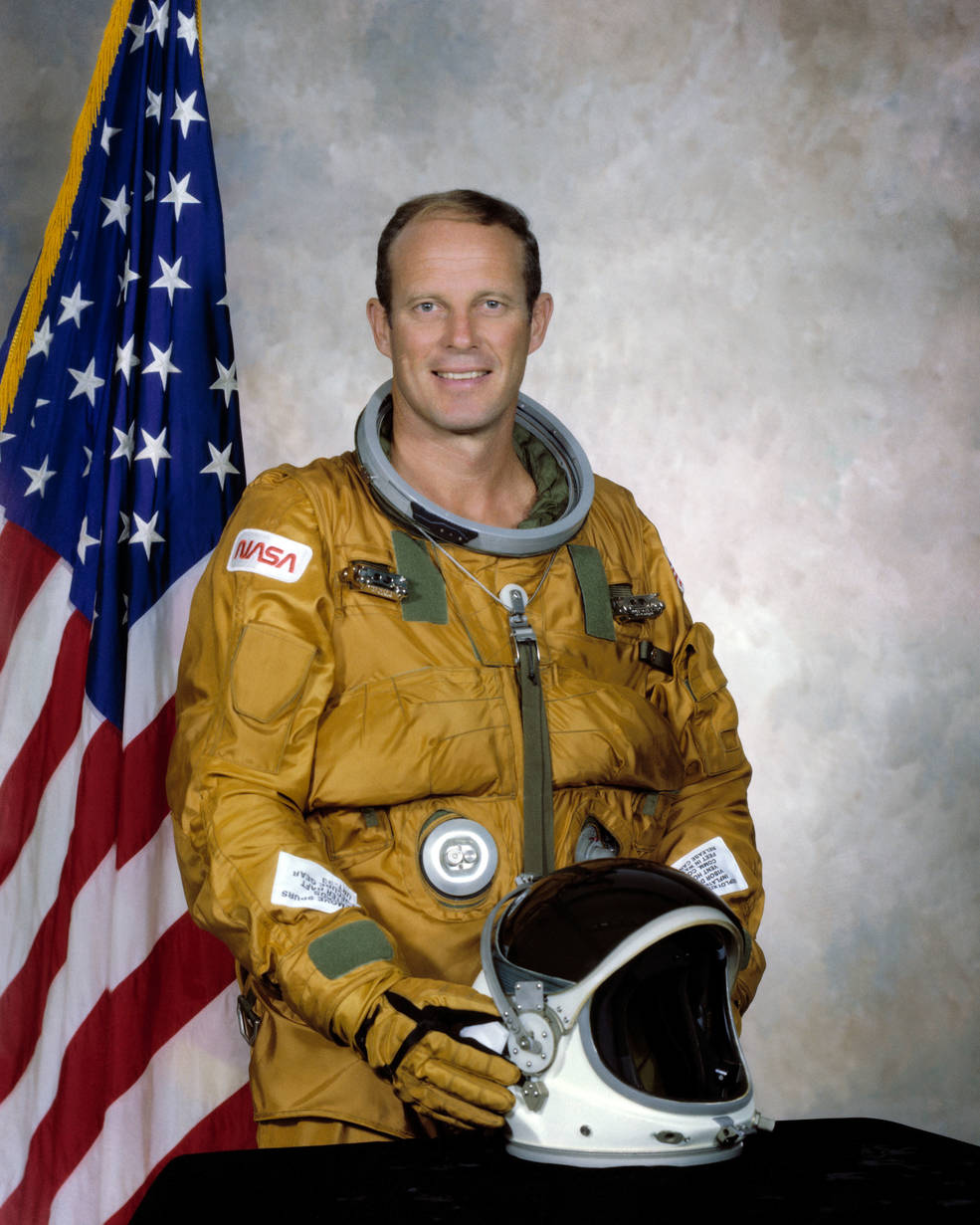
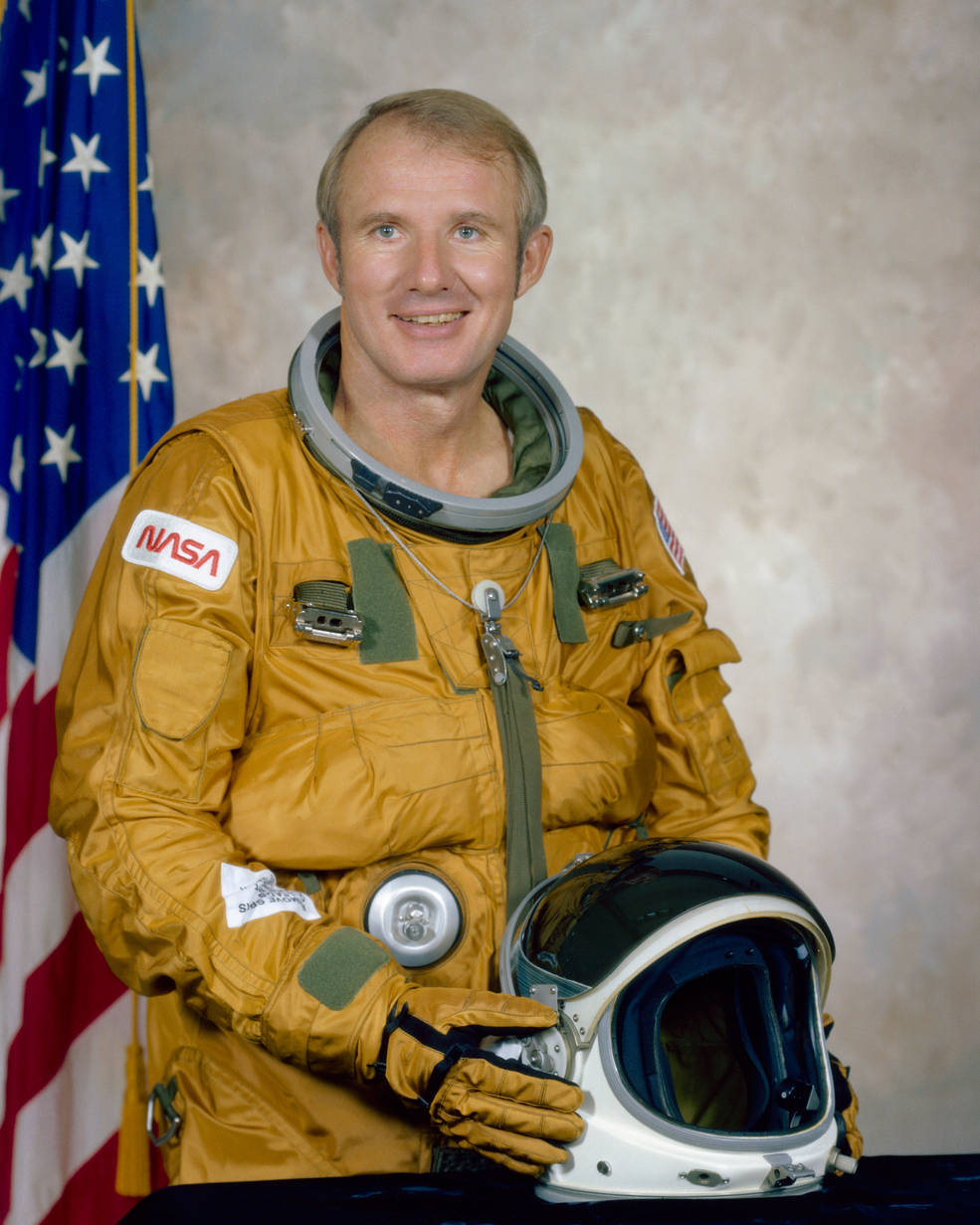
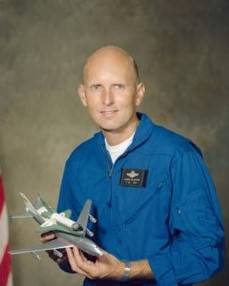
The third and fourth space shuttle crews of Fred W. Haise, left, and Jack R. Lousma, and Vance D. Brand and C. Gordon Fullerton.
Selected as a NASA astronaut in 1966, Haise served as backup LMP on Apollo 8 and Apollo 11, flew as LMP on Apollo 13 in 1970, and served as backup commander on Apollo 16. He commanded several of the ALT flights with Enterprise in 1977, with Fullerton serving as his pilot. Also selected in 1966, Lousma flew as pilot on the 59-day Skylab 3 mission in 1973. Brand, also from the 1966 astronaut class, served as backup command module pilot (CMP) for Apollo 15, backup commander for Skylab 3 and 4, and flew as the CMP for the Apollo-Soyuz Test Project in 1975. Fullerton, a MOL astronaut before transferring to NASA in 1969, flew several ALT flights with Haise at Edwards in 1977.
The eight astronauts held a press conference at JSC on March 22, 1978. Young described the shuttle as an “absolutely revolutionary flying machine,” and he expected it to do great things for the world. He added, “The first mission will be very exciting for all of us to work on and to participate in.” In the months and years following the announcement, the shuttle program and the crew assignments went through some changes. Young and Crippen did indeed fly the first mission, by then designated STS-1, but in April 1981 rather than 1979. Engle and Truly served as their backups and flew STS-2 in November 1981. Haise and Lousma trained for the Skylab rendezvous and reboost mission planned for the third shuttle flight, but with delays in the shuttle program and Skylab’s earlier than expected reentry in July 1979, the purpose of the mission evaporated, and Haise resigned from NASA in June 1979. Lousma moved into the STS-3 commander position. Fullerton joined him as pilot, and they flew their mission in March 1982. In late 1979, NASA reduced the number of OFTs from six to four and moved some mission objectives, such as landing at KSC and performing a spacewalk in the new shuttle spacesuit, to the operational missions. The Department of Defense needed to fly a payload in June 1982, so a new crew of Thomas K. “TK” Mattingly and Henry W. “Hank” Hartsfield took over STS-4, the fourth and final OFT. Brand shifted to the right to command the four-person STS-5, the first operational shuttle mission, in November 1982.
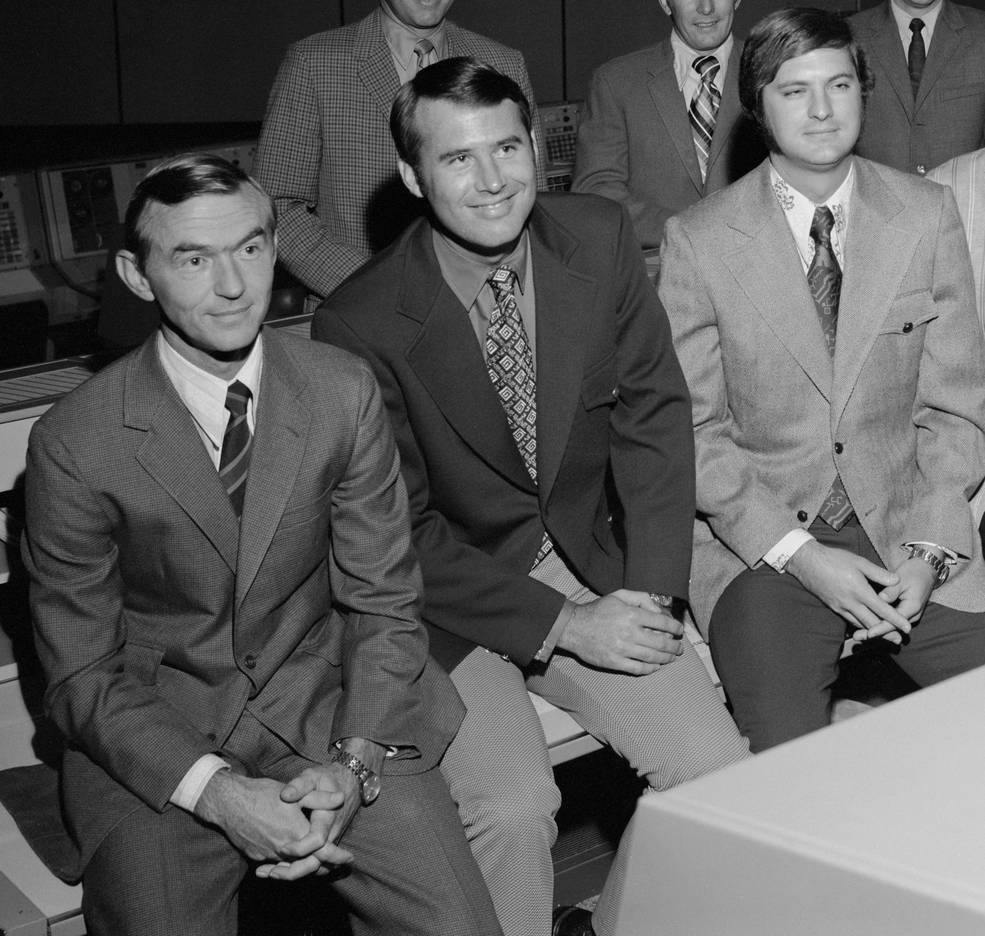
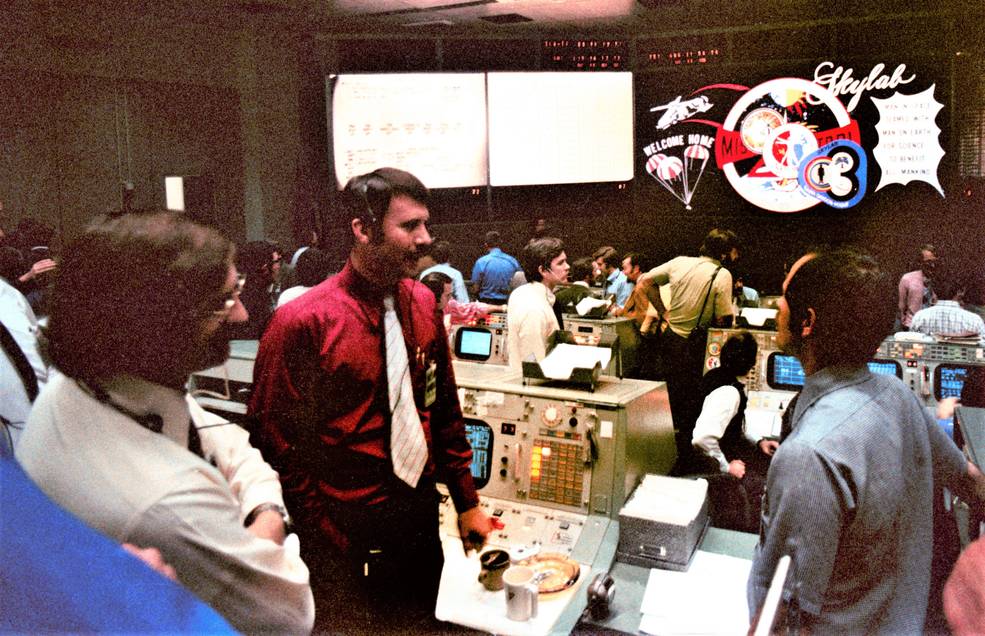
Left: Newly-named Deputy Flight Directors Charles R. “Chuck” Lewis, left, Donald R. Puddy, and Neil B. Hutchinson in November 1971. Right: Flight Directors Hutchinson, left, Puddy, and Lewis celebrate the splashdown of Skylab 4 and the end of the Skylab program in February 1974.
On March 17, NASA designated three flight directors to oversee the first space shuttle flight from the Mission Control Center at JSC. Flight Directors Neil B. Hutchinson, Donald R. Puddy, and Charles R. “Chuck” Lewis, all served in that capacity during Apollo and Skylab missions. For the first shuttle mission, they integrated the input from all elements of NASA, its contractors, and the scientific community. Hutchinson had responsibility for planning and directing all activities associated with the shuttle’s ascent phase, Lewis the on-orbit phase, and Puddy the entry phase of the mission.





























